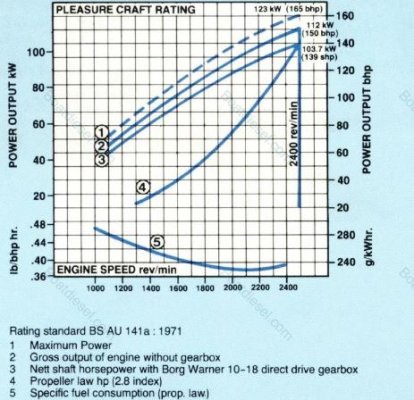R_p_ryan
Senior Member
- Joined
- Dec 11, 2014
- Messages
- 171
- Location
- USA
- Vessel Name
- Shellbourne
- Vessel Make
- 1978 Mainship 34 Perkins T6.354
This is less than $20 and I'm wondering if it would be safe to install: 13mm Liquid Fuel Oil Flow Meter Counter diesel gasoline Gear flow sensor 3 12V -in Flow Meters from Industry & Business on Aliexpress.com | Alibaba Group.
I'm thinking I'd need two - on for for the feed and the other for the return. The meter would be before the filter so if it fell apart it would't reach the engine. I'm also wondering if it should be on a bypass line, so I could choose for fuel to either flow through the meter or around it (in case it became clogged).
The proper marine gear is over $500, and I think fuel flow would only be interesting at first, since I'd get a sense of the flow rate by RPM pretty quickly and stop consulting the meter.
Would this be a hazard onboard?
Thanks,
RR
I'm thinking I'd need two - on for for the feed and the other for the return. The meter would be before the filter so if it fell apart it would't reach the engine. I'm also wondering if it should be on a bypass line, so I could choose for fuel to either flow through the meter or around it (in case it became clogged).
The proper marine gear is over $500, and I think fuel flow would only be interesting at first, since I'd get a sense of the flow rate by RPM pretty quickly and stop consulting the meter.
Would this be a hazard onboard?
Thanks,
RR

